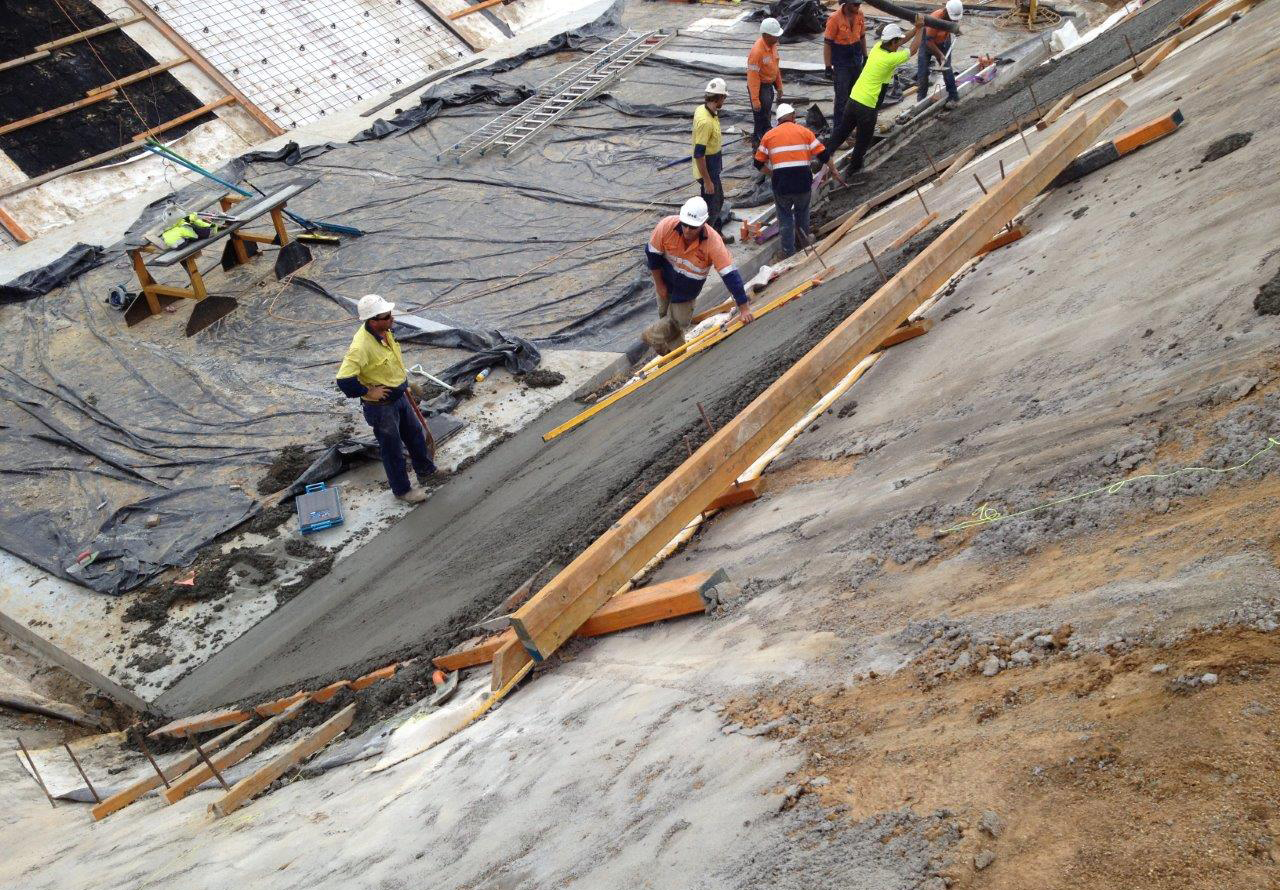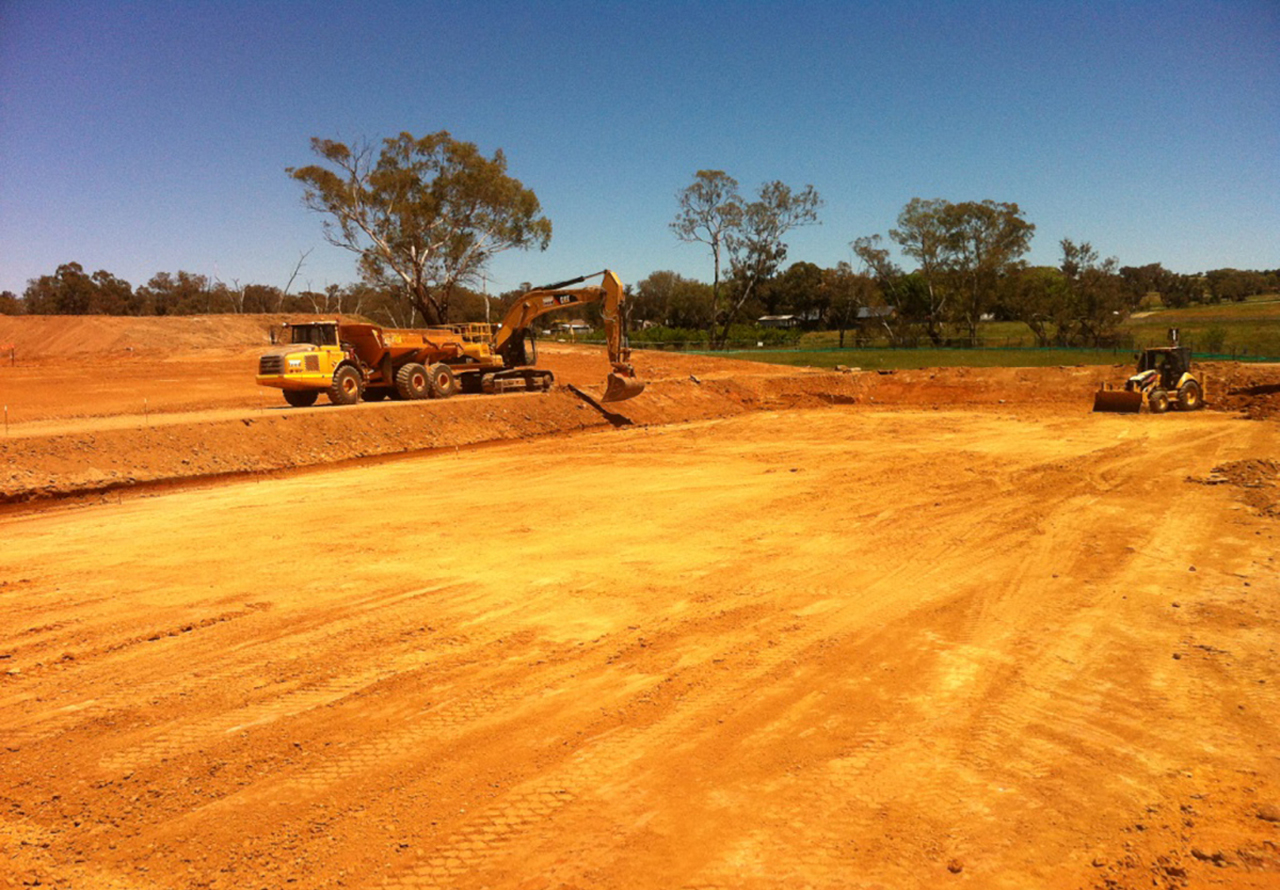Background
The Young Sewage Treatment Plant (STP) was a Trickling Filter Plant (TFP) originally constructed in the mid-1930s and augmented in 1974. The effluent was stored in maturation ponds for tertiary polishing and then released to Burrangong Creek.
Leed replaced the existing TFP with a new 12,000 Equivalent Person STP based upon an intermittent decant extended aeration process (IDEA). Reuse water is treated to reclaimed standard and is used to irrigate public parks and fields that were previously supplied from the town's potable water.
The new STP was constructed while the exisiting TFP was operational. The TFP was then decommissioned and demolished to allow completion of the new STP and recycled water plant.


